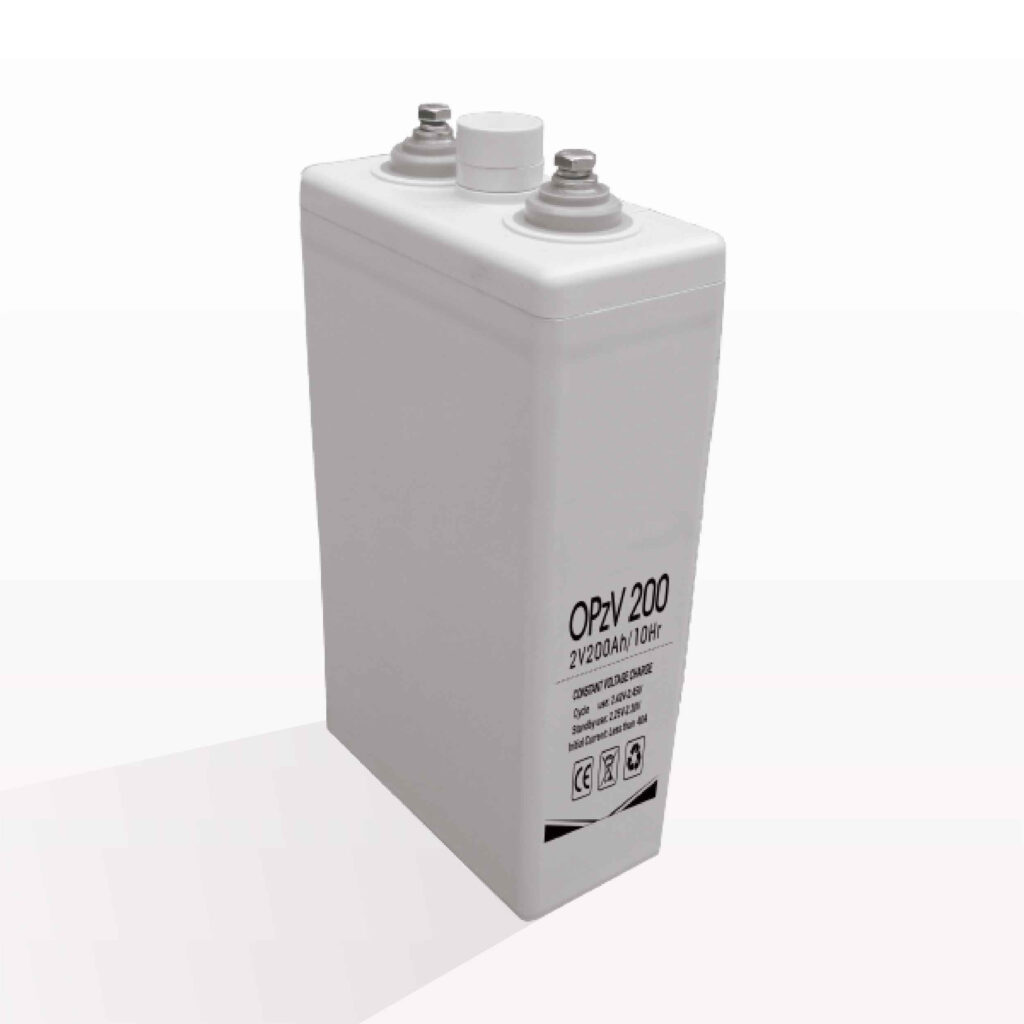OPzV lead-acid batteries are a reliable choice for energy storage applications, offering advantages such as deep cycling, long service life, and maintenance-free operation. This article compares the differences between 2V and 12V OPzV batteries.
1. Voltage Configuration
- 2V OPzV: These batteries require multiple units to be connected in series to achieve the desired system voltage (e.g., 48V, 96V, or higher).
- 12V OPzV: Ready-to-use batteries that require fewer units for the same voltage output, simplifying installation.
2. System Flexibility
- 2V OPzV: Offers greater system design flexibility, as battery banks can be optimized for capacity and redundancy.
- 12V OPzV: More limited in terms of flexibility, as fewer voltage options are available.
3. Lifespan and Durability
- 2V OPzV: Typically has a longer lifespan (up to 20 years) due to lower stress per cell and better heat dissipation.
- 12V OPzV: Shorter lifespan (12–15 years), as it consists of six 2V cells enclosed in a single case.
4. Applications
- 2V OPzV: Ideal for telecom, renewable energy, and industrial applications requiring large capacity and long service life.
- 12V OPzV: Suitable for UPS, emergency lighting, and smaller-scale energy storage where convenience is key.
The choice between 2V and 12V OPzV batteries depends on the application’s specific requirements. 2V OPzV batteries provide better longevity and efficiency for large-scale systems, while 12V OPzV batteries are a practical option for smaller, standalone applications.


